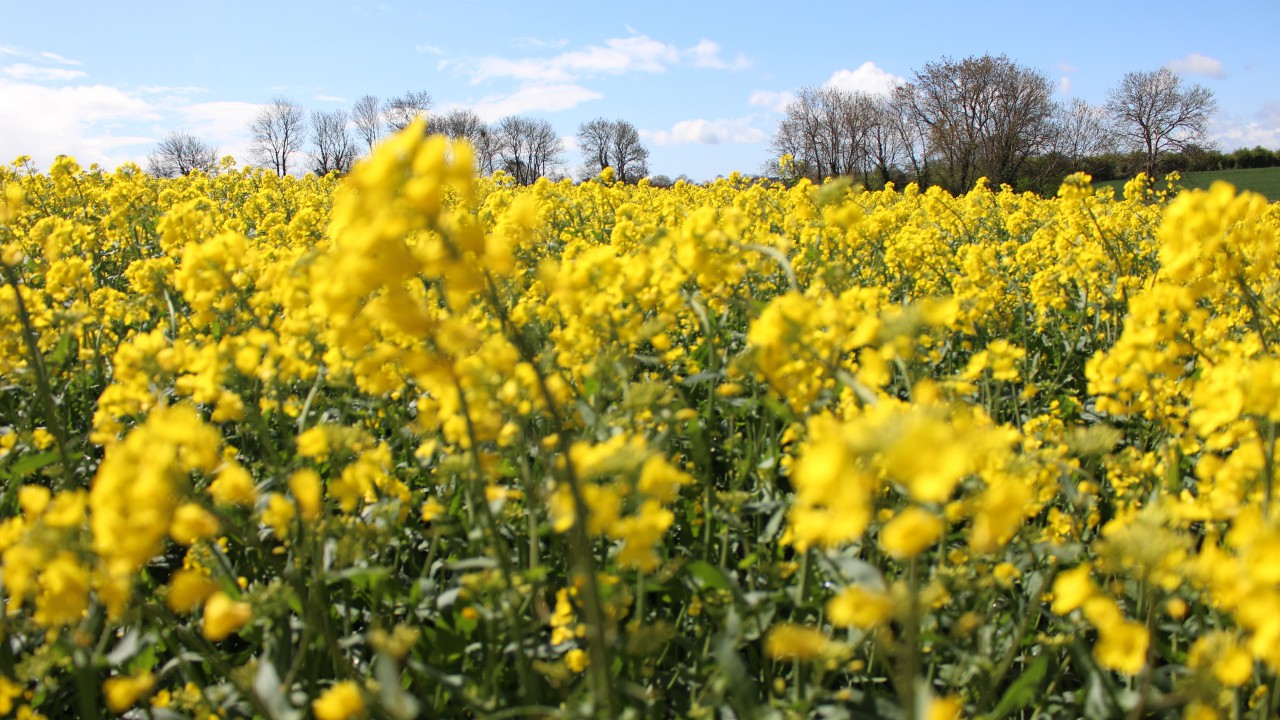Azoles are still effective, but they are becoming less so and continued sensitivity monitoring is needed to ensure optimal strategies are being deployed.”
Light leaf spot
Light leaf spot has now become a very important disease of brassicas and can potentially reduce yields considerably if left untreated.Light leaf spot is also major headache for brassica growers across Europe, Australia and New Zealand, and most recently the US Pacific northwest, where the disease is instead termed chlorotic leaf spot.
Published in the journal Plant Pathology, the Rothamsted-led study looked at populations throughout Europe of the fungus responsible for light leaf spot, Pyrenopeziza brassicae (P. brassicae).It showed increasingly complex variants of the gene targeted by azole fungicides are now widespread, and in lab testing these are far less sensitive to azole fungicides.
Regional differences were also identified within the UK, with northern populations less sensitive than southern ones.European differences
There were also differences between different European populations e.g. Danish populations were much more sensitive to azoles than either UK or German populations. The news is better for growers in the U.S, with the P. brassicae population still highly sensitive to azole, QoI and SDHI fungicides.According to Dr. King, the P. brassicae fungus shows especially high genetic diversity, which means it has a considerable ability to evolve fungicide resistance.
He said: “However, fungicides represent only part of a disease management strategy. Integrated approaches such as the use of crop varieties with good resistance to disease, will offer flexibility with fungicide timings as well as improved disease control.Similarly, there is a need to use a range of fungicides that work in different ways, to slow the selection for resistance.”This work was a collaborative study, involving the input of Teagasc research scientists.

